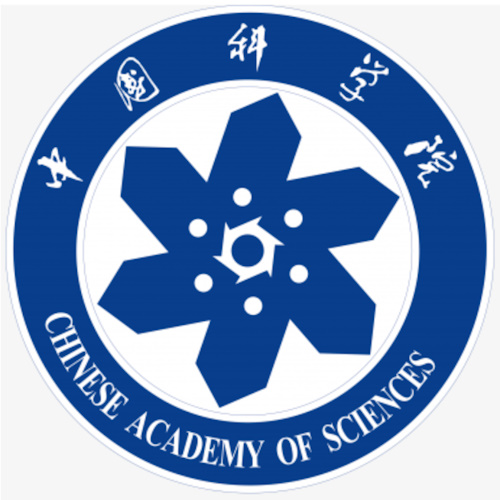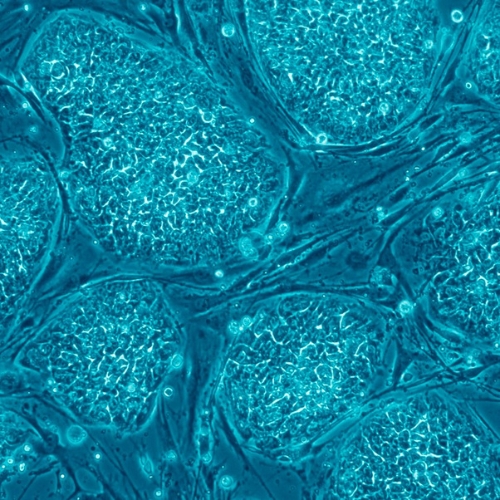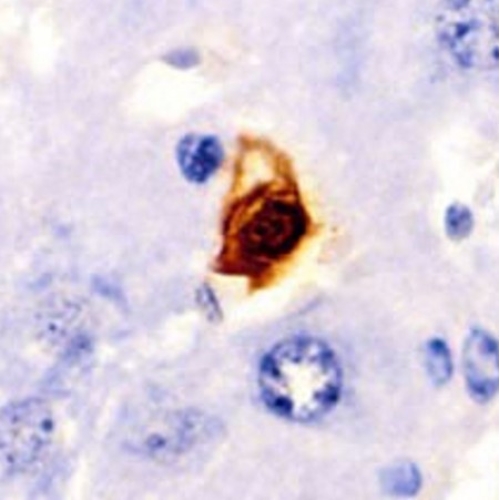Ageing is a natural process that affects every living organism. Scientists have long sought ways to slow down or even reverse the biological clock. A recent study published in Cell Metabolism presents a groundbreaking discovery that challenges conventional approaches to anti-ageing.
Researchers have identified exosomal miR-302b, a microRNA derived from human embryonic stem cells, as a powerful agent capable of reversing cellular senescence and restoring youthful function in ageing mice. This finding opens new possibilities for future therapies aimed at extending human healthspan and delaying age-related diseases.
Role of Cellular Senescence in Ageing
Cellular senescence is a major contributor to ageing and age-related disorders. It is a state where cells permanently stop dividing and enter an arrested phase, preventing damaged or stressed cells from proliferating. While this process helps protect against cancer, its accumulation over time leads to chronic inflammation, tissue dysfunction, and various degenerative diseases.
Traditionally, scientists have approached this problem using two strategies. One involves eliminating senescent cells, a process known as senolytic therapy, while the other focuses on suppressing the harmful inflammatory signals these cells produce. While both approaches have shown promise, they also present significant challenges. The removal of too many senescent cells could damage tissues and impair organ function, whereas suppressing inflammation might interfere with immune surveillance, potentially increasing vulnerability to infections and cancer.
The Senoreverse Strategy
To address these limitations, researchers developed a novel approach called the Senoreverse strategy. Instead of eliminating senescent cells, this strategy aims to restore their ability to proliferate, effectively rejuvenating aged cells and tissues. Scientists identified miR-302b, a microRNA enriched in human embryonic stem cell-derived exosomes (hESC-Exos), as a key molecule capable of achieving this effect.
The microRNA works by directly targeting and inhibiting two major cell cycle blockers, Cdkn1a (p21) and Ccng2. These proteins play a critical role in enforcing the permanent cell cycle arrest seen in senescent cells. By blocking their activity, miR-302b reactivates cell division, allowing aged cells to function more like their younger counterparts.
How miR-302b Rejuvenates Ageing Mice
The study involved treating ageing mice with hESC-derived exosomes rich in miR-302b. The results were striking. Mice that received the treatment showed significant rejuvenation across multiple biological systems. Their lifespans were extended, their muscle strength improved, and their cognitive abilities, including learning and memory, were enhanced.
Unlike many experimental anti-ageing treatments, long-term miR-302b administration did not lead to increased cancer risk. Even after 24 months of continuous treatment, the mice did not develop tumors or show any signs of excessive, uncontrolled cell growth. This was a crucial finding, as many past interventions aimed at reversing ageing have raised concerns about potential links to cancer. The absence of tumorigenicity in miR-302b-treated mice suggests that reactivating senescent cells in a controlled manner may be a safe and effective strategy for anti-ageing therapies.
Impact on Inflammation and Systemic Health
Beyond extending lifespan and improving physical and cognitive functions, miR-302b also showed a strong anti-inflammatory effect. Chronic inflammation is a hallmark of ageing and is linked to numerous age-related diseases, including cardiovascular disease, diabetes, and neurodegenerative disorders.
The study revealed that miR-302b reduced the levels of inflammatory cytokines in the bloodstream, leading to a more youthful immune profile. This suggests that miR-302b treatment does not just enhance individual cell function but also creates a healthier systemic environment, further promoting longevity and resilience against disease.
Potential Applications in Human Health
If these findings translate to humans, miR-302b could become a game-changer in the field of regenerative medicine. Potential applications include treating neurodegenerative diseases such as Alzheimer’s and Parkinson’s, improving muscle function in ageing individuals, enhancing wound healing and tissue repair, and even delaying the onset of multiple age-related disorders. Given the growing ageing population worldwide, the implications of such a therapy could be transformative for global health and quality of life.
Challenges and Future Research
While the study’s results are promising, several challenges remain before miR-302b can be used as a human anti-ageing therapy. Researchers need to determine the long-term effects of the treatment in humans and assess whether it behaves similarly in different cell types and organs. Additionally, scientists must explore the best method for delivering miR-302b efficiently and safely in humans. Unlike mice, where exosomal therapy can be directly injected, human applications may require more advanced delivery mechanisms, such as nanocarriers or gene therapy approaches, to ensure targeted and sustained effects.
Another major area of investigation is understanding how miR-302b interacts with other biological pathways. While it primarily targets Cdkn1a and Ccng2 to restore cellular proliferation, it may also influence other genes and molecular networks. This could have both beneficial and unintended effects, so further studies are necessary to map out the full range of miR-302b’s impact on cellular function and ageing.
A Paradigm Shift in Anti-Ageing Science
Despite these challenges, miR-302b represents one of the most promising advances in anti-ageing science to date. Unlike previous approaches that focus on eliminating or suppressing senescent cells, miR-302b offers a new paradigm—reprogramming aged cells back into a functional, youthful state. This strategy could lead to therapies that extend healthspan, reduce the burden of age-related diseases, and improve overall quality of life for older individuals.
The future of longevity science is evolving rapidly, and breakthroughs like miR-302b bring us closer to the possibility of age reversal and extended youthfulness. If further research confirms its effectiveness in humans, miR-302b could one day become a cornerstone of next-generation anti-ageing medicine. With continued advancements in stem cell biology, gene therapy, and molecular medicine, the dream of slowing or even reversing ageing may no longer be science fiction but an achievable reality within our lifetime.
The study is published in the journal Cell Metabolism. It was led by researchers from Chinese Academy of Sciences.







